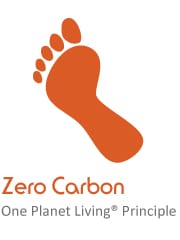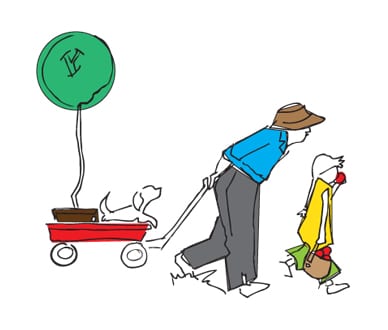 The concept for Grow Community has always been based on an intergenerational community. We imagine a neighborhood where families, young children, singles, retired couples, and elders all live in homes that suit their needs. But not only that, the community, in it’s physical and social design is intended to encourage interactions amongst all these residents. We imagine a neighborhood where relationships are formed, spontaneously and intentionally, where young and old play together in the garden, share experiences and care for each other.
The concept for Grow Community has always been based on an intergenerational community. We imagine a neighborhood where families, young children, singles, retired couples, and elders all live in homes that suit their needs. But not only that, the community, in it’s physical and social design is intended to encourage interactions amongst all these residents. We imagine a neighborhood where relationships are formed, spontaneously and intentionally, where young and old play together in the garden, share experiences and care for each other.
To explore what this type of community might look like, we held a workshop last month. In our workshop we asked folks to ‘backcast’ – imagining that they were living at Grow already and they sent a postcard to a loved one about the community. Here is what they wrote.
Ani – you will love my new house/life in Grow. We have soup night every month and I am a driver volunteer taking people to the ferry, store, etc. in the community electric car. I babysit for a 6 and 8 year after school they live 2 houses down – so much to do in the neighborhood. I lead a writing group at our converted “Grow House” every week. I’m gardening and eat what I grow – finally. Still live a walkable life like I used to, but best is my carbon footprint is about zero. Yay! Mama
Dear Racheal, Can’t wait to have you visit when we move to our new community in Winslow (growbainbridge.org). You will really appreciate the very ecological building and the intentional community aspects. Love Kate PS – Check out the One Planet Principles – you would love it.
 Dear Gabby, We’re looking forward to your visit with Ava (still our only beloved granddaughter). Ava will meet other kids her age, and we can all spend some time working in the garden. The families in our immediate neighborhood will come together for a potluck during your visit, so we’ll be cooking together. There’s usually some music and dancing before the evening is over. Cheers, Dad
Dear Gabby, We’re looking forward to your visit with Ava (still our only beloved granddaughter). Ava will meet other kids her age, and we can all spend some time working in the garden. The families in our immediate neighborhood will come together for a potluck during your visit, so we’ll be cooking together. There’s usually some music and dancing before the evening is over. Cheers, Dad
Wow – I’m finally settled into my new home at Grow Community. Never thought I’d move again – and here I feel a lot more community support as I got older. I like being with a mixture of ages and family types – and not just people my own age or older. Happily, there are quiet places where kids don’t hang out. And my space is very quiet, which is lovely. Come visit – I have a guest room!
Dear Lisa, I can’t wait for you to come visit pops and me at Grow Community. We’ll celebrate your birthday in our community room, pick tomatoes in the garden, listen for frogs in the pond, walk to town for a cookie, then take the gerry to Seattle and ride the wheel. We’ll read books together in our cozy apartment and we’ll check out bikes to ride from our shared bike barn. Lots to do together. Love Mama B
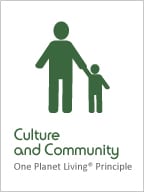 We are constantly using words like inclusivity, walkability, visitability and (of course) sustainability in our conversations about how we design, build, and create opportunity for community to take hold in a place. Considering all these words and all our hopes and dreams to incorporate in one place can be quite a challenge… and one we are thankful to be undertaking. This is made easier with ideas from our community.
We are constantly using words like inclusivity, walkability, visitability and (of course) sustainability in our conversations about how we design, build, and create opportunity for community to take hold in a place. Considering all these words and all our hopes and dreams to incorporate in one place can be quite a challenge… and one we are thankful to be undertaking. This is made easier with ideas from our community.
The next buildings we construct will be designed to take this intergenerational concept to the next level. The beginning of an idea has taken shape as we’ve listened to your feedback. A building based on Universal Design principles, with one-level flats, accessible spaces, comfortable spaces, spaces designed for people of all ages.
Couldn’t make the workshop, but have some ideas to share? Please share your thoughts by clicking the comments link above. No idea is a bad idea! We look forward to hearing from you.
 We are very excited to announce that Grow Community homes have achieved 5-Star Built Green status, the highest rating for Built Green certification. Built Green is designed to help homebuyers find quality, affordable homes that offer opportunities to protect the health of their families and the Northwest environment. This is a great step forward in our efforts to create cost-effective, energy efficient One Planet homes on the cutting-edge of today’s sustainable development practices.
We are very excited to announce that Grow Community homes have achieved 5-Star Built Green status, the highest rating for Built Green certification. Built Green is designed to help homebuyers find quality, affordable homes that offer opportunities to protect the health of their families and the Northwest environment. This is a great step forward in our efforts to create cost-effective, energy efficient One Planet homes on the cutting-edge of today’s sustainable development practices. NW Green Home Tour
NW Green Home Tour
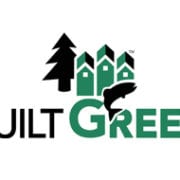
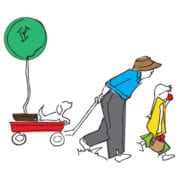
 The concept for Grow Community has always been based on an intergenerational community. We imagine a neighborhood where families, young children, singles, retired couples, and elders all live in homes that suit their needs. But not only that, the community, in it’s physical and social design is intended to encourage interactions amongst all these residents. We imagine a neighborhood where relationships are formed, spontaneously and intentionally, where young and old play together in the garden, share experiences and care for each other.
The concept for Grow Community has always been based on an intergenerational community. We imagine a neighborhood where families, young children, singles, retired couples, and elders all live in homes that suit their needs. But not only that, the community, in it’s physical and social design is intended to encourage interactions amongst all these residents. We imagine a neighborhood where relationships are formed, spontaneously and intentionally, where young and old play together in the garden, share experiences and care for each other.

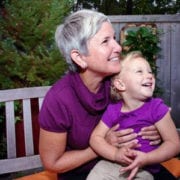
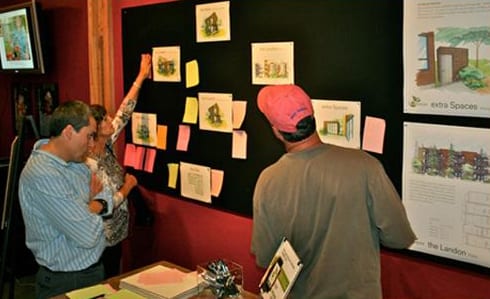
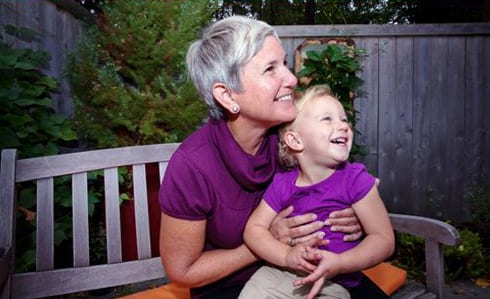

 I decided to get involved in the Grow project after meeting Jonathan Davis. He is a long time family friend of my wife, Haripurkh Khalsa , and previous student of her father Guru Singh. Jonathan explained the One Planet concept and I was thrilled. The core of The One Planet concept is exactly how I try to live my life, and exactly where we need to be striving towards with all development. I have an electric truck, electric tools and don’t use any pesticides or harmful chemicals in my work. I have spent the last 10-15 years planning and working on community gardens and I could not believe that a private development actually could be so focused on growing food as a means to build and create community!
I decided to get involved in the Grow project after meeting Jonathan Davis. He is a long time family friend of my wife, Haripurkh Khalsa , and previous student of her father Guru Singh. Jonathan explained the One Planet concept and I was thrilled. The core of The One Planet concept is exactly how I try to live my life, and exactly where we need to be striving towards with all development. I have an electric truck, electric tools and don’t use any pesticides or harmful chemicals in my work. I have spent the last 10-15 years planning and working on community gardens and I could not believe that a private development actually could be so focused on growing food as a means to build and create community!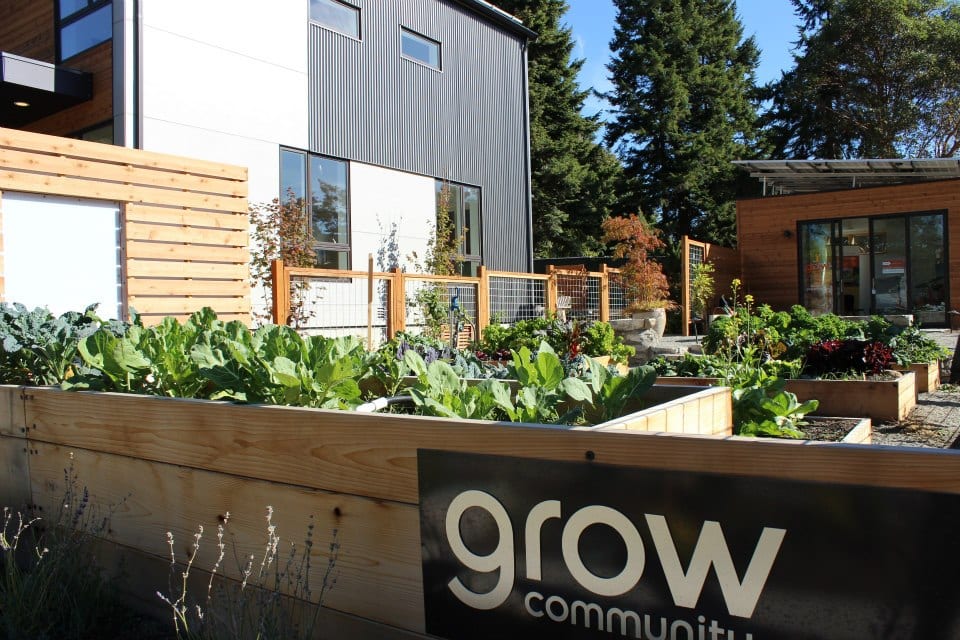 I believe that the network of community Gardens built into the overall design of the Grow Community is the key piece that can make this innovative concept work. Community gardens/farms take teamwork and community involvement to run. They will serve to connect neighbors in Grow with each other, and with the surrounding community.
I believe that the network of community Gardens built into the overall design of the Grow Community is the key piece that can make this innovative concept work. Community gardens/farms take teamwork and community involvement to run. They will serve to connect neighbors in Grow with each other, and with the surrounding community.

